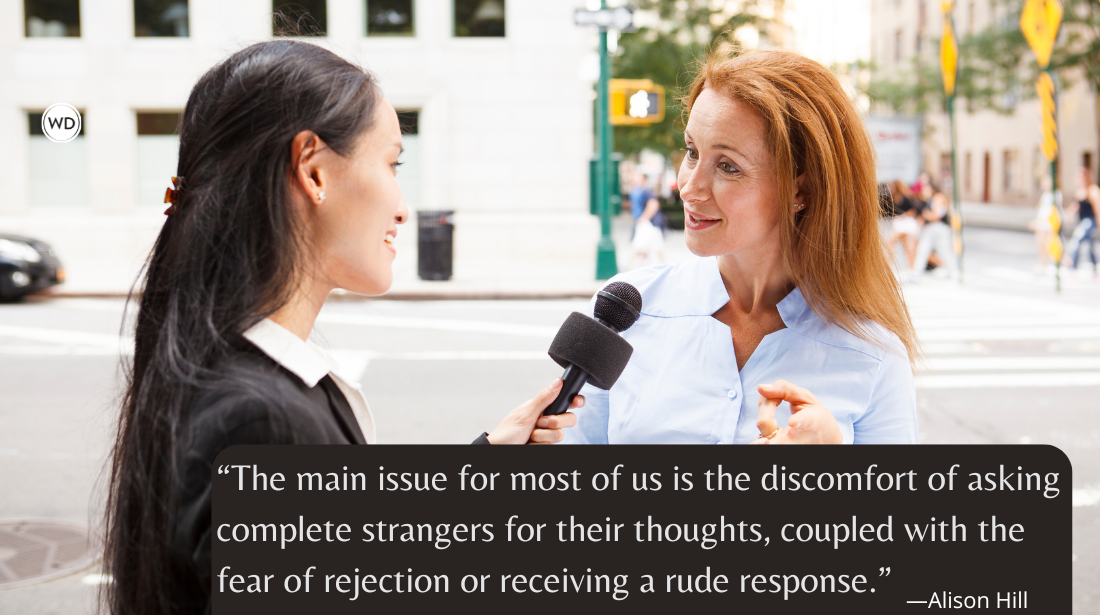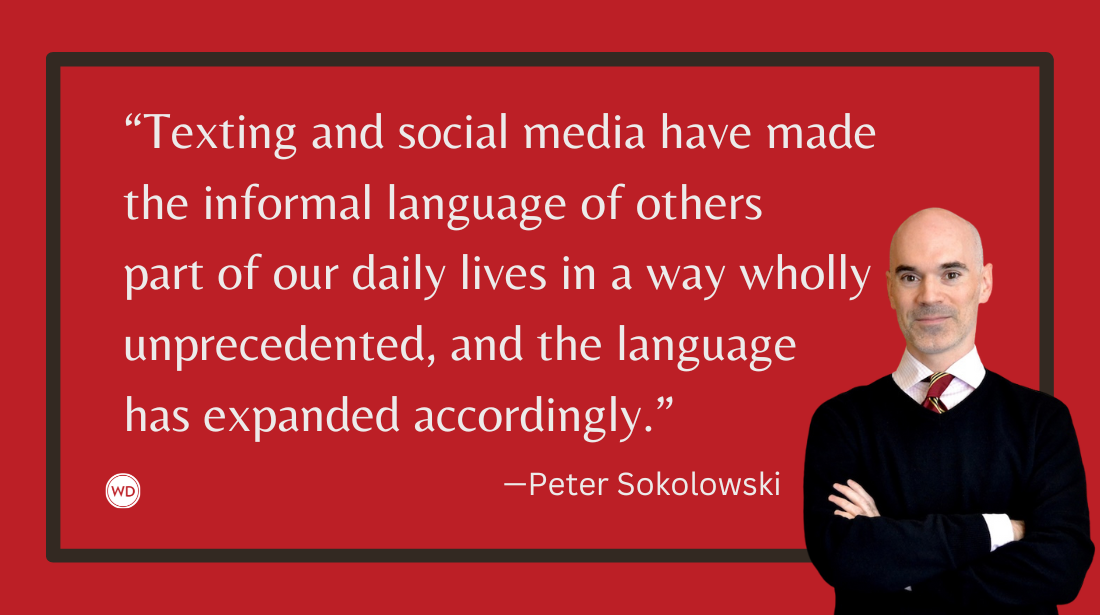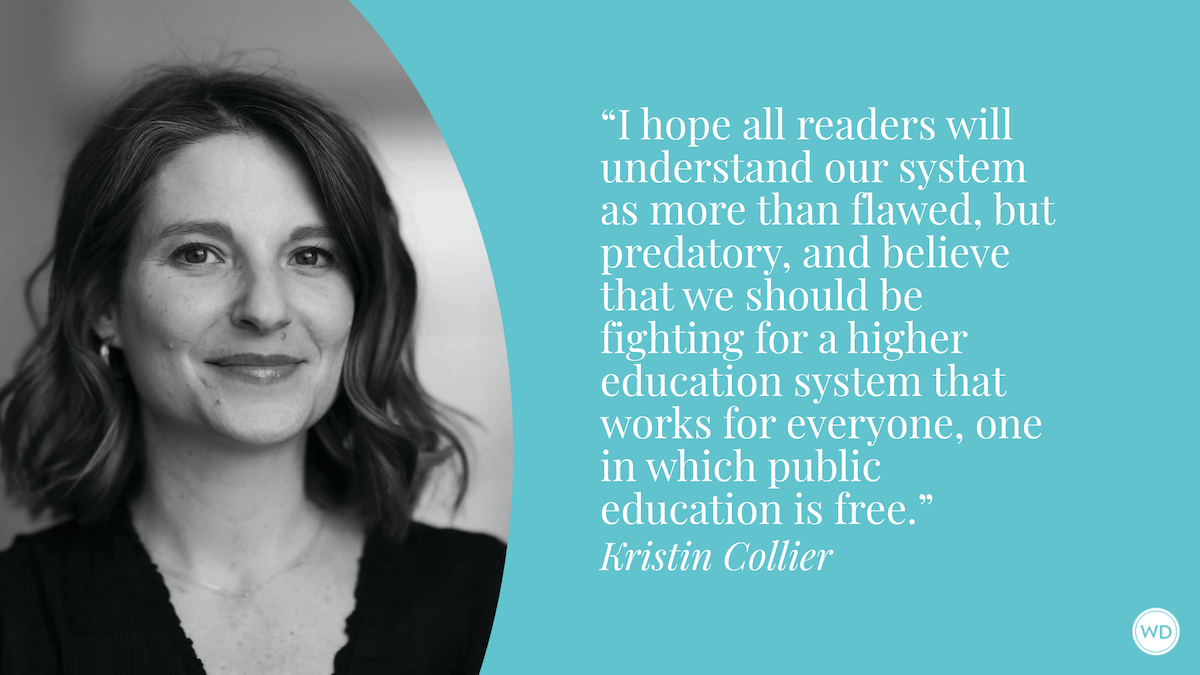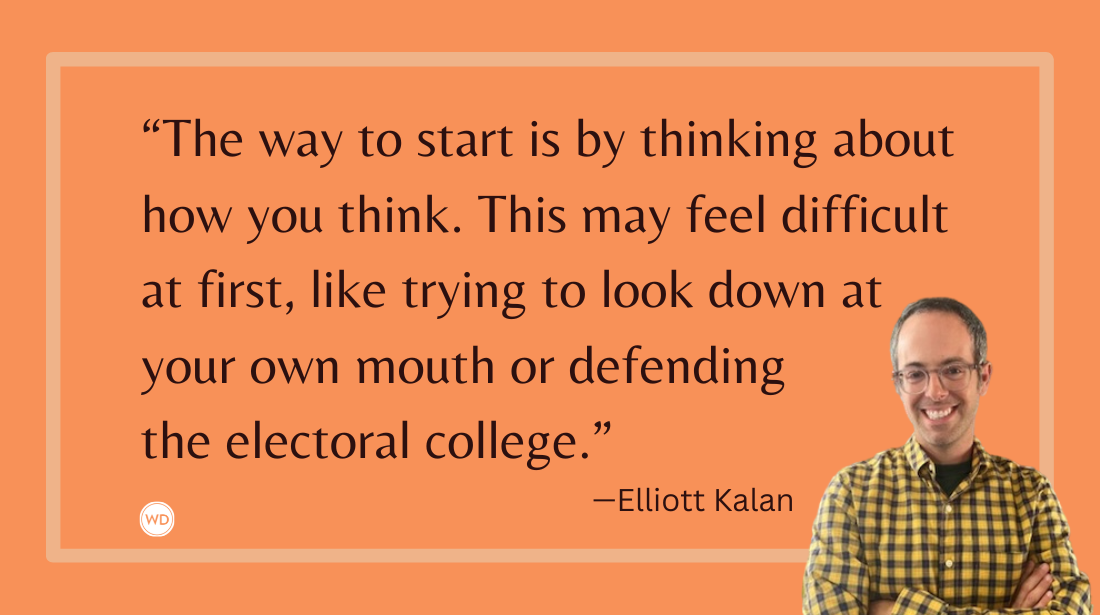Writing With Immediacy in Memoir
Author Christine Kalafus shares her thoughts on writing with immediacy in memoir, including the three-step blueprint she used for hers.
A challenge with which every writer is familiar is how best to portray life—both its seismic weight and its everydayness—with immediacy. This is crucial in memoir. The point of memoir as a storytelling device is that through investigating an event’s importance, a reader is held close. We feel as if we know the author of a memoir. We often don’t with autobiographies. Reflection is memoir’s best friend. Intimacy and revelation are the device’s essential co-parents.
I knew all of this and still, writing Flood—a memoir that aimed to act as a house that could hold the story of my husband’s affair, the birth of our twins, and the clownish care I received in response to an aggressive tumor in my right breast—I fell prey to doubt. Doubt was delivered through other people’s opinions in writers’ workshops that I charged on my credit card and also in graduate school where earning an MFA required producing an effective manuscript. The stakes felt high. I could not fail in the telling of my own story.
The overwhelming advice I received was to write the entire memoir in past tense. But I wrote it in present tense. This isn’t happening now an advisor wrote on my manuscript with a red pen.
There is nothing more immediate than bad news about your health. Far less immediate is writing about that news and having it become a book. Or not having it become a book. What I did have were two legal-sized boxes filled with past-tense drafts. Each was a natural evolution of the one before and also not right. Immediacy—that elemental thing that keeps a reader turning pages—was missing, like a house without a foundation.
Immediacy, urgency, and pacing are sometimes used interchangeably when describing a piece of writing, but they are different. The pacing of a story is the speed in which it travels. Urgency is the engine that drives it. Immediacy is akin to prioritizing. In a moment of crisis, there is no time for reflection. There is only do this now. For me, this was whatever the moment required: couples counseling, caring for two babies, chemotherapy—crying.
The French philosopher Gaston Bachelard had a great deal to say about immediacy. The entirety of his Intuition of the Instant from 1932 is devoted to unpicking Gaston Roupnel’s dramatic novel Siloë. Specifically Roupnel’s idea that “time has but one reality, the reality of the instant.”
The reality I was working so hard to describe was a series of instants lived underwater. But first I had to see the waves.
The following is a three-step blueprint that I developed for Flood:
- I printed the complete manuscript and laid it out, chapter by chapter, on the floor.
- Reading the last paragraph of chapter one followed by the first paragraph of chapter two, I asked myself are these paragraphs in conversation with each other.
- When they were, immediacy was present. When they weren’t, I considered the penultimate paragraph of chapter one. I often found that the last paragraph of any chapter could be eliminated.
With my manuscript spilled all over the living room, I dug through a diary I’d written contemporaneously. What was remarkable was the effusion of exclamation points: Things are great! I shaved my head! The babies cried all day! I rarely use exclamation points. Their presence in the diary was like a series of red flags around a construction site.
I excavated those exclamation points as if I was digging for the first time. Rewriting the series of medical events in present tense and letting flashbacks remain in past tense resulted in the manuscript reading organically. The wave of one event led to another. A house appeared before my eyes.
Bachelard’s understanding of Roupnel’s novel is concerned with the sensation of immediate comprehension, “a moment when we suddenly understand our own message.” It’s in these flashes of insight that we know how to behave. Why when we cut our thumb slicing cucumbers for dinner, we don’t keep slicing cucumbers but instantly determine what’s appropriate: bandage in the bathroom or stitches at the hospital.
When I adopted past tense, something vital was lost. It was as if I was writing my way out instead of writing my way in. As Roupnel wrote in Siloë, “It is in the virtue of this present alone—in it and through it—that we become aware of existence. There is an absolute identity between the feeling of the present and the feeling of life.”
As the authority on our own work—even if it means going against the advice of seasoned writers we admire and respect—we have to be willing to swim. Past tense or present tense, fast or slow pacing, sustained or relaxed urgency, all of these are secondary to the immediate.
When Flood was accepted for publication, I burned the boxes of wholly past-tense drafts in my backyard. Then the rain came.
Check out Christine Kalafus' Flood here:
(WD uses affiliate links)









